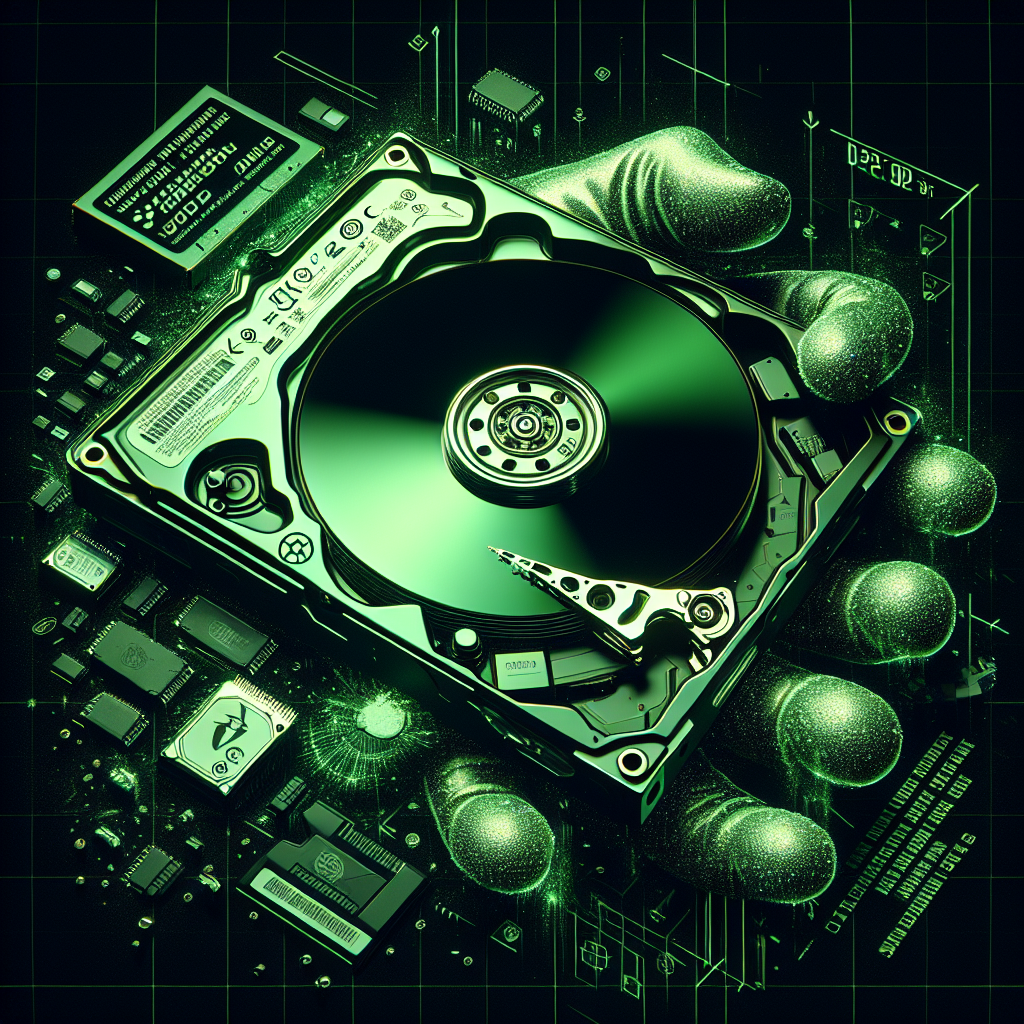Blog Ecobraz Eigre

Returned personal data: when to sanitize and when to destroy media?
Importance of Managing Media with Personal Data
The correct handling of returned media containing personal data is essential to guarantee information security and comply with current legislation, such as the LGPD (General Data Protection Act). Sensitive media can include hard drives, USB sticks, CDs, DVDs and memory cards, which store crucial and protected data. The choice between sanitizing (wiping) or destroying this media depends on the state of the media, future use and the associated level of risk.
When to Choose Media Sanitization
Sanitization consists of completely and irreversibly erasing the stored data, allowing the media to be reused or disposed of safely at a later date. This option is indicated when the media is still functional and can continue to be used without risk. Sanitization can be done using methods such as overwriting, reverse encryption or degaussing (degaussing is common for magnetic disks).
It is an efficient solution for reducing costs by using clean media, as well as being more sustainable by avoiding the generation of unnecessary electronic waste.
When Media Destruction is Necessary
On the other hand, physical destruction of the media is recommended when sanitization is not feasible, such as with damaged, compromised media, or media containing extremely sensitive data that requires the highest level of security. Destruction can take place by fragmentation, shredding, incineration or irreversible demagnetization, ensuring that the data cannot be recovered in any way.
This procedure is essential to protect personal data from leaks, taking into account legal penalties and loss of trust. In regulated environments, documented and certified destruction reinforces legal compliance.
Factors to Consider in the Decision
The choice between sanitizing or destroying must take into account criteria such as the type of media, the level of confidentiality of the stored data, the technical possibility of effective cleaning, the cost of the procedure, and the information security policy adopted. In addition, risk management should include audits and records of the entire procedure, ensuring full transparency and traceability.
Conclusion
Managing returned media with personal data requires careful analysis to decide when to sanitize and when to destroy the media. Respecting these practices strengthens information security, contributes to legal compliance and minimizes environmental impacts by consciously managing electronic waste.

Deixe um comentário
O seu endereço de e-mail não será publicado. Campos obrigatórios são marcados com *